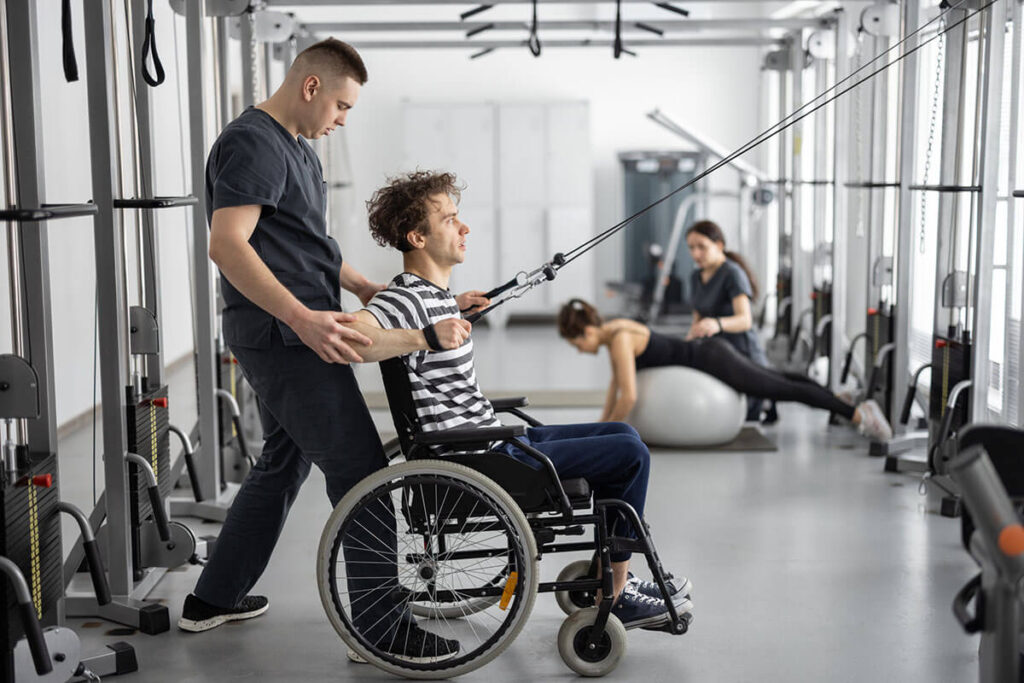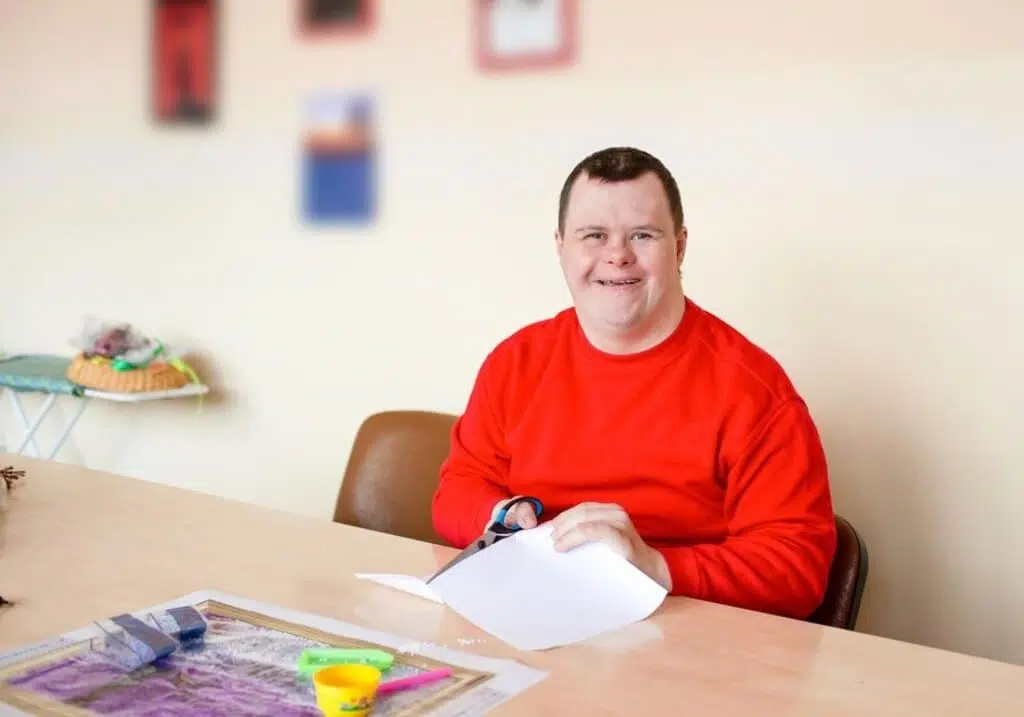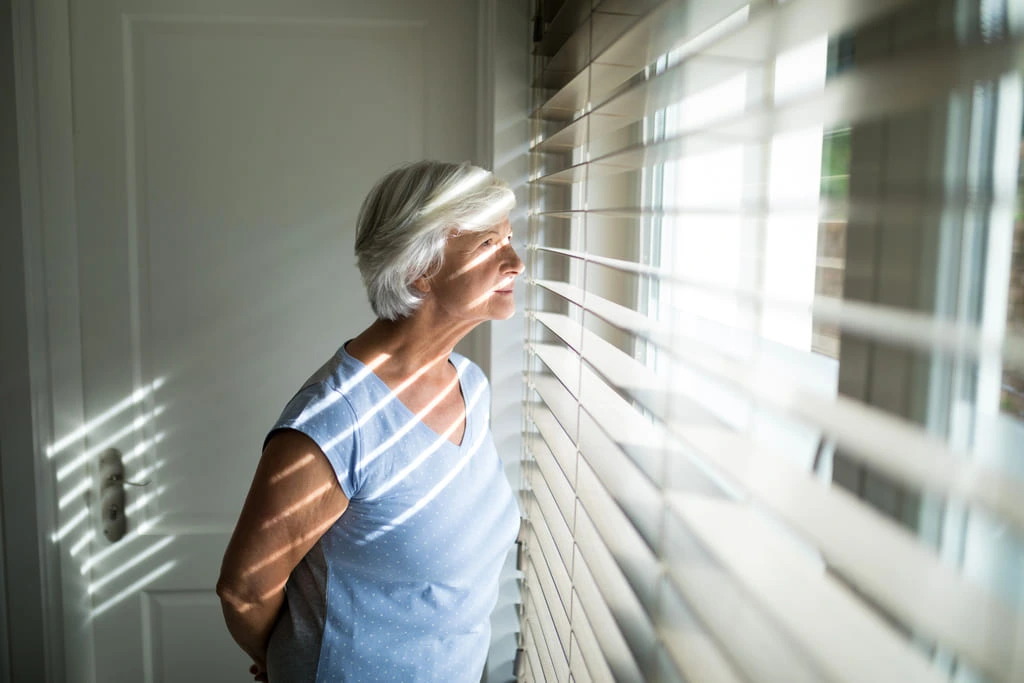What is a Physical Disability?
A physical disability is a substantial and long-term limitation affecting a person’s mobility, physical functioning, stamina or agility. It can limit the individual, either temporarily or permanently, by becoming disabled for a wide range of reasons, such as genetic disorder, injury or a specific condition.
Physical disability severely affects the capacity of a person to perform specific daily activities. These activities become more challenging and take longer to complete, such as carrying things and getting dressed.
Children and young people with physical disabilities may experience difficulty with accessing the physical environment, using equipment and facilities safely, participating in learning tasks and assessments, and performing practical tasks and activities. However, every individual is affected by their unique physical needs in a different way.
What Causes a Physical Disability?
Various causes of physical disabilities affect a person’s daily life differently. Physical disabilities may result from perinatal, acquired, or congenital factors.
Congenital Disability
People within the group of congenital physical disabilities, also known as hereditary, have had the condition since birth, which may include impairments that already have occurred while the baby was in the womb. Also, inherited genetic issues, injury during birth or issues with muscle cells can develop this condition.
Acquired Injury
A person may develop a physical disability for a variety of causes. These can result from severe accidents, brain injuries, infections, diseases, and other conditions, like dementia and a stroke.
Perinatal Causes
The period just before and following childbirth is known as the perinatal period. This era’s disabilities are primarily biological in nature. They may be brought on by preterm delivery, severe trauma, oxygen deprivation, or an infection picked up while being delivered through the birth canal.
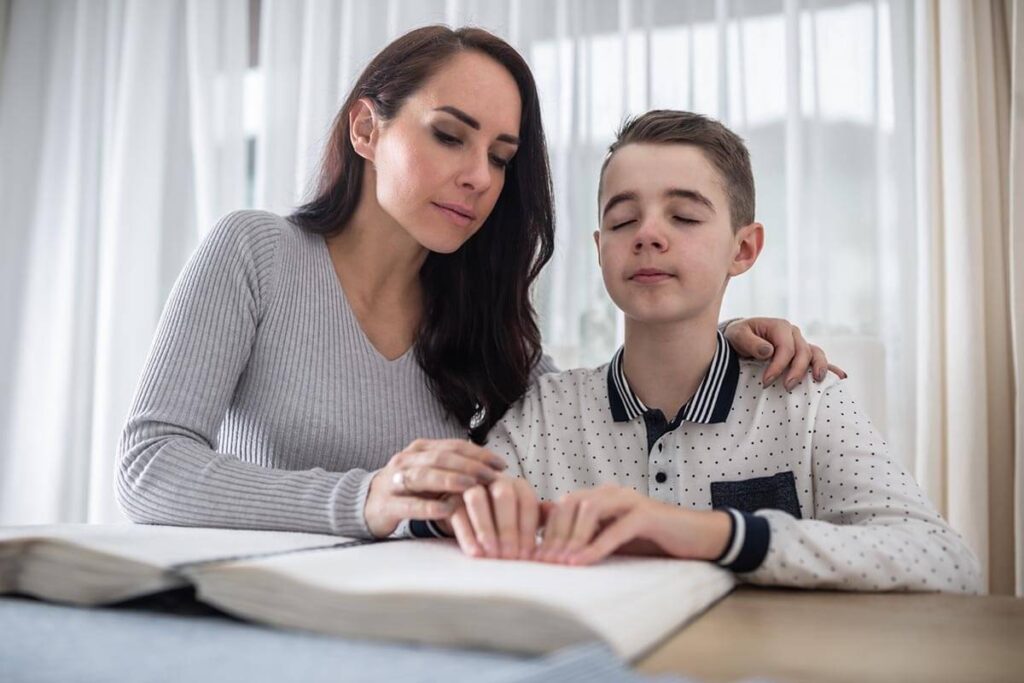
Types of Physical Disability
Many physical disabilities, such as hearing loss, chronic fatigue, mobility impairment, chronic pain and seizures, can affect individuals.
Some main physical disability categories include:
Musculoskeletal Disability
The bones, muscles, and joints are all affected by this type of disability. It may result in limb loss or deformity, muscle weakness (Muscular Dystrophy), and osteogenesis imperfecta, which causes brittle bones. Back and neck pain, osteoarthritis, fractures brought on by brittle bones, and inflammatory disorders like rheumatoid arthritis are common forms of musculoskeletal disability.
Neuromusculoskeletal Disability
The neuromusculoskeletal condition makes the person unable to move the body parts affected and can also lead to nervous system disorders or degeneration. Stroke, cerebral palsy, spinal cord injury, motor neurone disease, spina bifida, head injury, poliomyelitis, and other conditions are examples of this type of disorder.
Sensory Impairment
Visual and hearing impairments fall under the category of sensory impairment. Once more, people may have experienced sensory impairments throughout their lives or may have grown blind or deaf in later life.
Common Physical Disabilities
What a physical disability may and does to a person has already been addressed. Here are some examples of physical disabilities. The most common physical limitations that harm the body and normal function are:
- Cerebral Palsy
- Acquired Brain Injury
- Spinal Cord Injury
- Spina bifida
- Multiple Sclerosis
- Epilepsy
- Arthritis
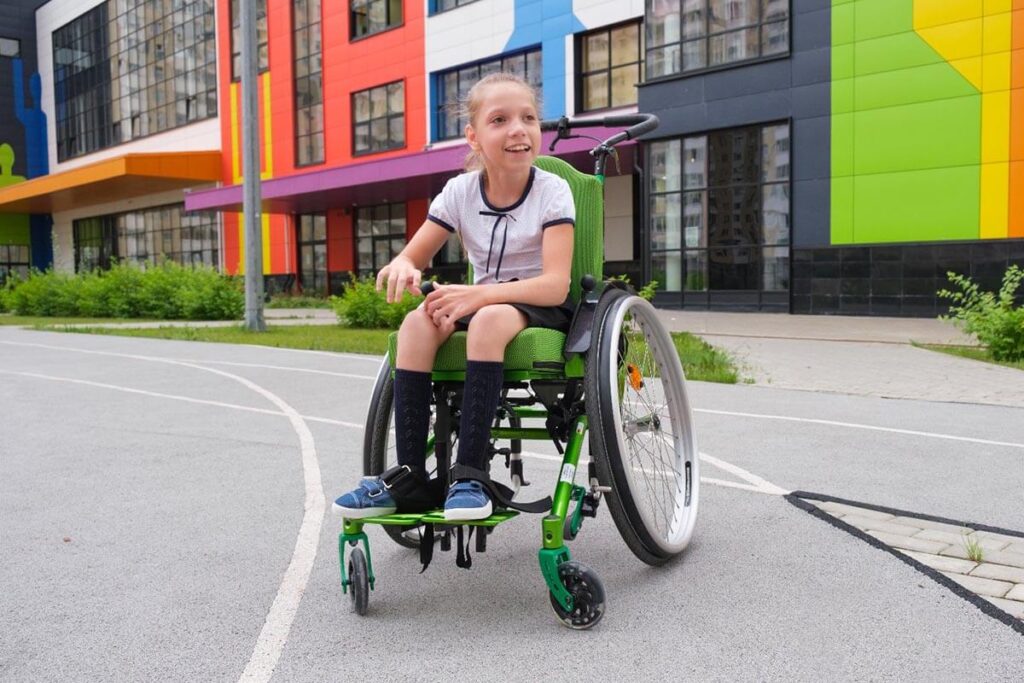

Treatment and Support for People with Physical Disabilities
Living with a physical disability or motor movement can be challenging. To keep independence and live well in the community, several disability support plans need to be placed. The physical disability’s severity will define the type of care you require. Some people may need to see their primary care physician or a specialist. In contrast, others may need a team of medical experts to handle various aspects of their care, such as physical, occupational, and speech therapists.
For example, if your child is identified as having spina bifida, they will be transferred to a specialised team for support. Doctors and specialists may create a care plan to address your child’s needs and difficulties. The care plan will be reviewed as your kid ages to account for changes in their needs and environment.
This birth condition, known as neural tube defect, is spina bifida (NTD). This folding of the embryo’s posterior side, which usually creates the vertebral column with its muscles, spinal cord, and spinal nerves, is abnormal.
Doctors can treat the many challenges of spina bifida in a variety of ways. Along with the initial spinal surgery, they may use physiotherapy, occupational therapy, and mobility aids.
How Leaf Complex Care can Help People with Physical Disabilities
At Leaf Complex Care, we promote humanised services driven by empathy, accepting individuals for who they are. Our wide range of services, which include physical disabilities services, has an impact on individuals’ lives, maintaining their mental health so they can lead more independent lives.
Our experienced and caring support workers support people with complex needs while showing them the respect and empathy they deserve.
Contact us today, and let us take care of your loved ones.
You can make a difference for someone with a physical disability
If you are looking for a job supporting people with complex needs, go to our site and follow the given procedure on the Jobs page.
We want you to become part of our Family; apply today and join the journey.
Quick Summary
- People may have been born with a physical disability or may have developed one as an adult, for instance, as a result of a neurological disorder like multiple sclerosis or motor neurone disease. Physical impairments might also develop from traumatic events like spinal cord injuries or brain injuries like stroke.
- Physical disabilities can be caused by congenital, acquired, or perinatal circumstances
- People may be affected by various physical impairments, including hearing loss, chronic fatigue, impaired movement, chronic pain, seizures, cerebral palsy, spinal cord injuries, and muscular dystrophy affecting a person's body function and mental health.
- The complexity of your physical disability will determine the kind of care you need. Some patients may need to see a specialist or their primary care physician. Others, however, could require a group of medical professionals.
- Contact Leaf Complex Care today, and let us take care of your loved ones.

